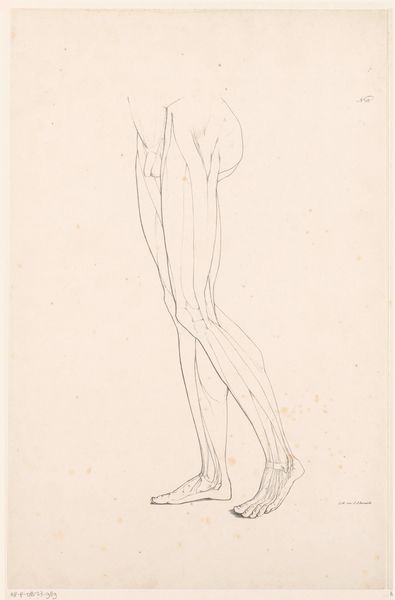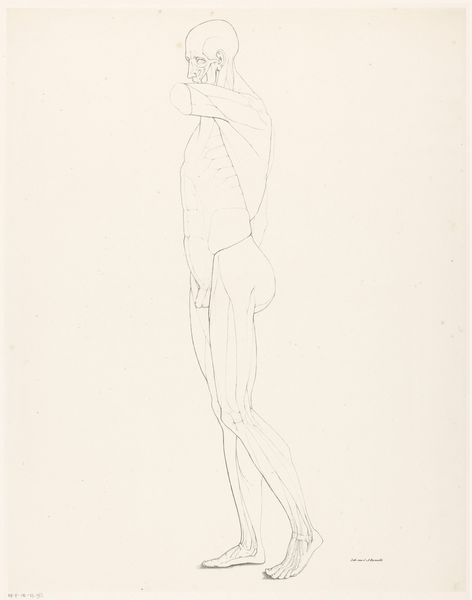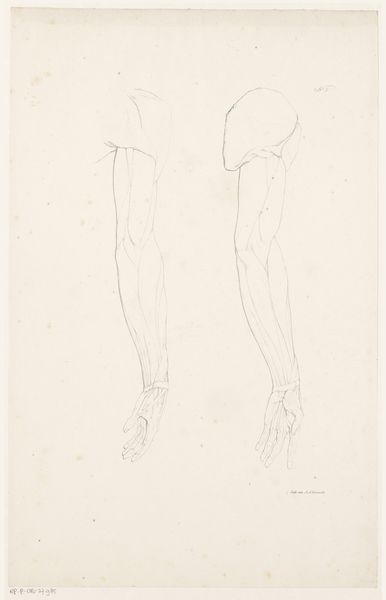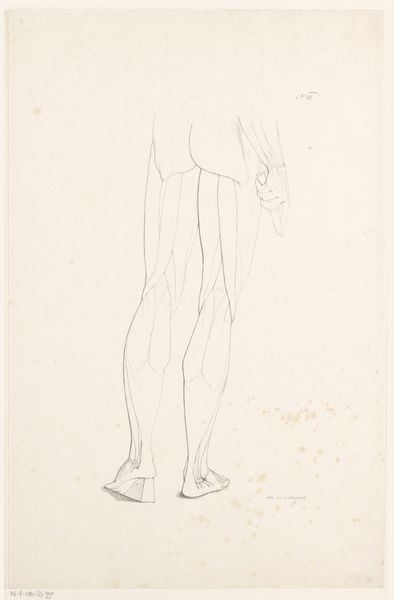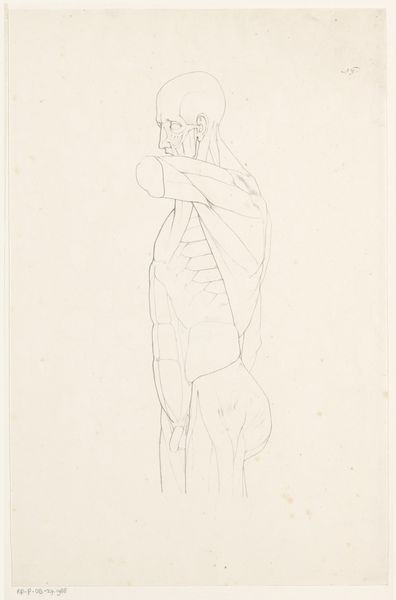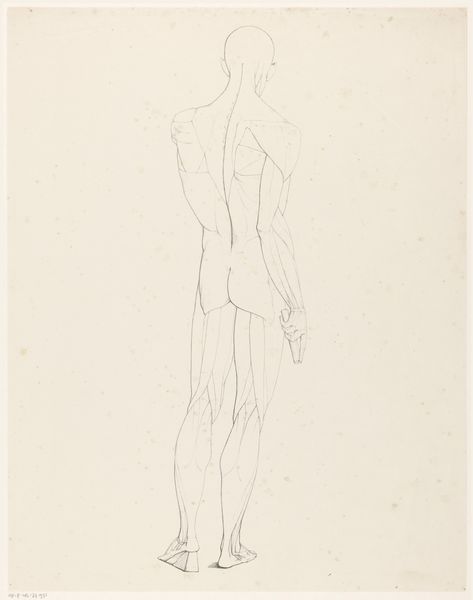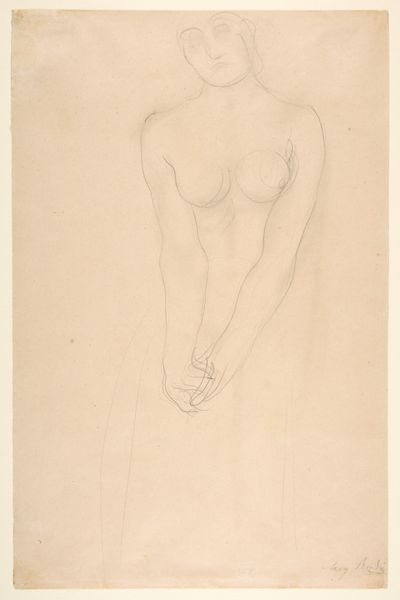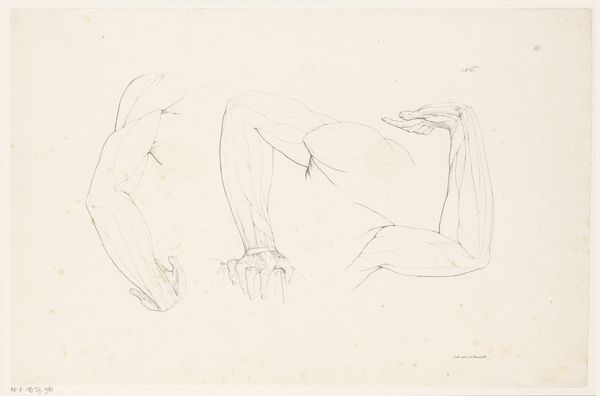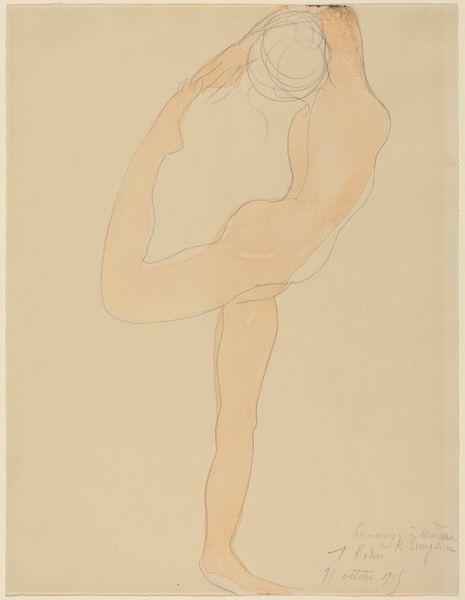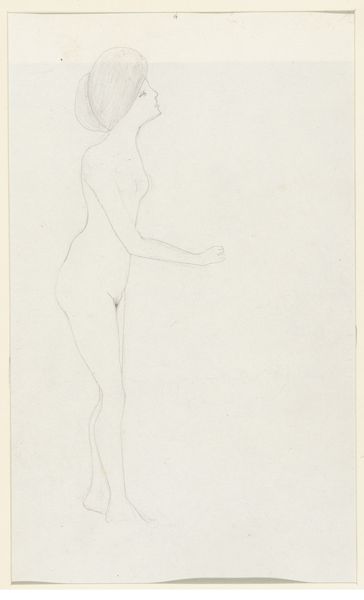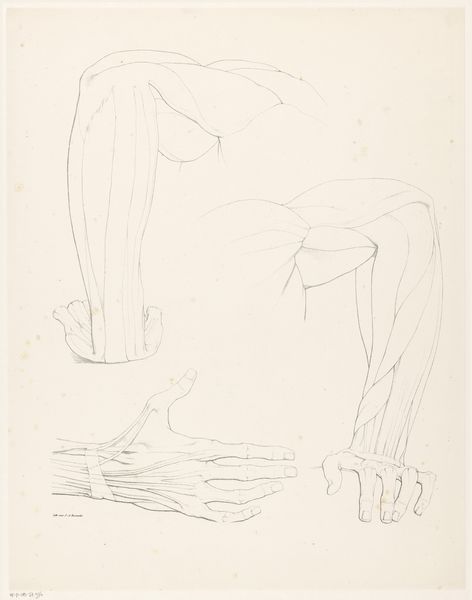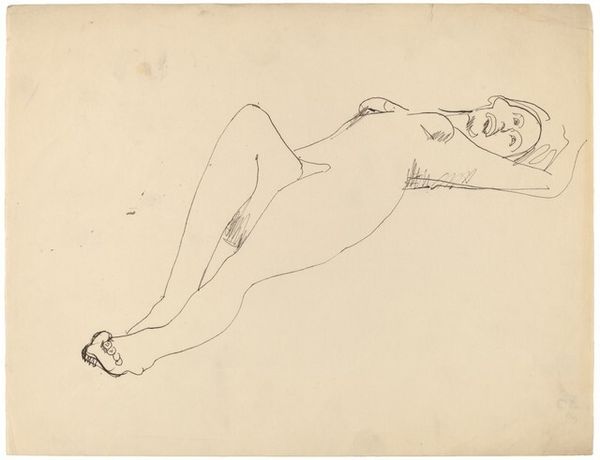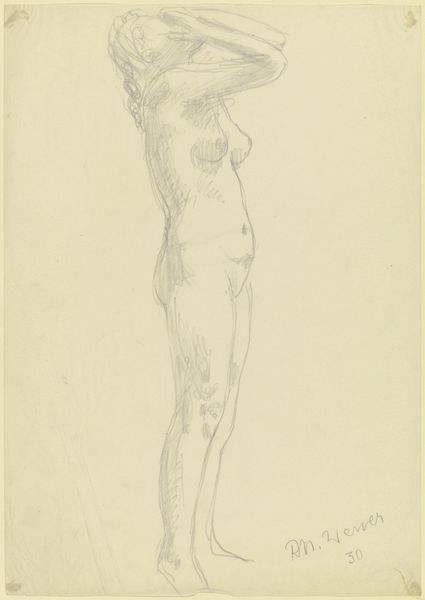
drawing, pencil
#
drawing
#
pencil sketch
#
etching
#
figuration
#
pencil
#
line
#
academic-art
Dimensions: height 430 mm, width 280 mm
Copyright: Rijks Museum: Open Domain
Curator: Here at the Rijksmuseum, we're looking at "Two Legs with Muscles," a pencil drawing made between 1820 and 1833 by Jean Augustin Daiwaille. What's your initial response to it? Editor: There's something strikingly vulnerable about this anatomical study. The fragility of the pencil lines combined with the stark, almost clinical depiction of the musculature, creates a kind of poignant tension. Curator: Absolutely. It's fascinating to consider this drawing as a product of its time, where anatomical studies were intrinsically linked to prevailing, often skewed, notions of race, gender, and physical "perfection." We can ask ourselves, what kind of body is deemed worthy of this intense study and representation? Editor: Precisely, the line work itself is fascinating. The hatching and cross-hatching delineate volume but also create a sense of almost ethereal lightness. Look at how the light glances off the muscles – there's a real mastery of form. It is devoid of a gender, race, or political associations; all it boils down to are lines representing muscles. Curator: But can it truly be devoid of those associations? Art doesn't exist in a vacuum. The very act of choosing to represent these particular aspects of the human form—the hyper-masculine ideal, one might argue—contributes to the construction and reinforcement of societal norms, power structures, and biases of the 19th century, and our continuing dialogue with it in contemporary times. Editor: I concede your point about the cultural weight the drawing carries. But I am compelled to highlight how Daiwaille employed various linear strategies. Notice the heavier lines that contour the major muscle groups, creating a stark contrast against the finer, almost hesitant strokes detailing the inner anatomy. Curator: Which speaks volumes about the priorities of the time—the emphasis on exterior, visible strength as opposed to interior complexities. Thinking critically, we must question how medical illustrations, ostensibly objective, were—and continue to be—vehicles for ideological positioning and objectification. Editor: Anatomical correctness isn't objective; it's another means of formal art and representation. A concept easy to forget in art. Curator: Precisely. Daiwaille's sketch makes us aware of this idea and the historical legacy of looking. Editor: A striking piece to appreciate from both visual and conceptual points of view. Curator: Indeed, and hopefully it'll provoke a greater discussion around it as well.
Comments
No comments
Be the first to comment and join the conversation on the ultimate creative platform.
